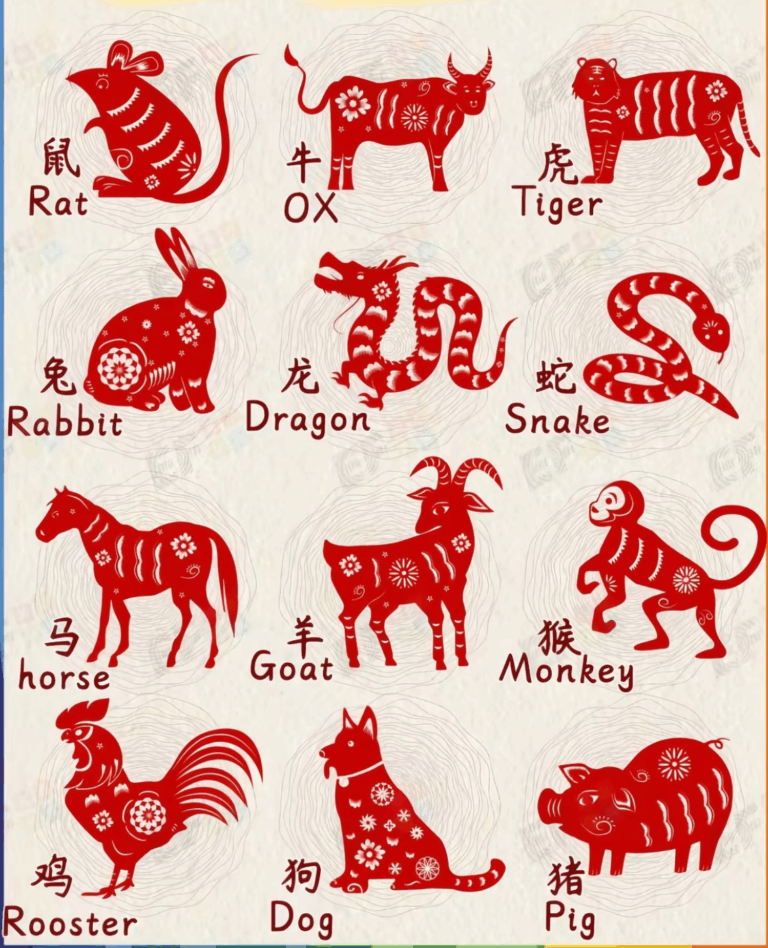The Five Elements (五行, *wǔ xíng*)—Wood (木), Fire (火), Earth (土), Metal (金), and Water (水)—are a cornerstone of traditional Chinese philosophy and play a vital role in the Chinese Zodiac system. These elements interact with the twelve zodiac animals, creating a 60-year cycle that provides richer layers of meaning to personality analysis and fortune predictions. Let’s explore the origins, characteristics, and applications of the Five Elements.
—
Origins and Philosophy of the Five Elements
The Five Elements concept dates back to ancient China and is closely linked to the philosophy of Yin-Yang and Daoism. It represents the dynamic forces of nature, illustrating how different aspects of the world are interconnected. Unlike the Western idea of fixed “elements,” the Five Elements describe processes and relationships.
These elements are cyclical and interact through two main systems:
Generating Cycle (相生, xiāng shēng): Each element supports and nurtures the next, creating harmony.
– Wood feeds Fire.
– Fire creates Earth (ash).
– Earth produces Metal (ore).
– Metal enriches Water (as minerals).
– Water nourishes Wood.
Overcoming Cycle (相克, xiāng kè): Each element restricts another, maintaining balance.
– Wood overcomes Earth (roots break soil).
– Earth absorbs Water.
– Water extinguishes Fire.
– Fire melts Metal.
– Metal cuts Wood.
These cycles are foundational to understanding Chinese medicine, feng shui, and astrology.
—
Characteristics of Each Element
Each of the Five Elements is associated with specific attributes, seasons, directions, and personality traits:
Wood (木, mù)
– Season: Spring
– Direction: East
– Traits: Growth, vitality, creativity.
– Personality: People influenced by Wood are often ambitious, idealistic, and kind-hearted, but they may also be overly stubborn or impatient.
Fire (火, huǒ)
– Season: Summer
– Direction: South
– Traits: Passion, energy.



